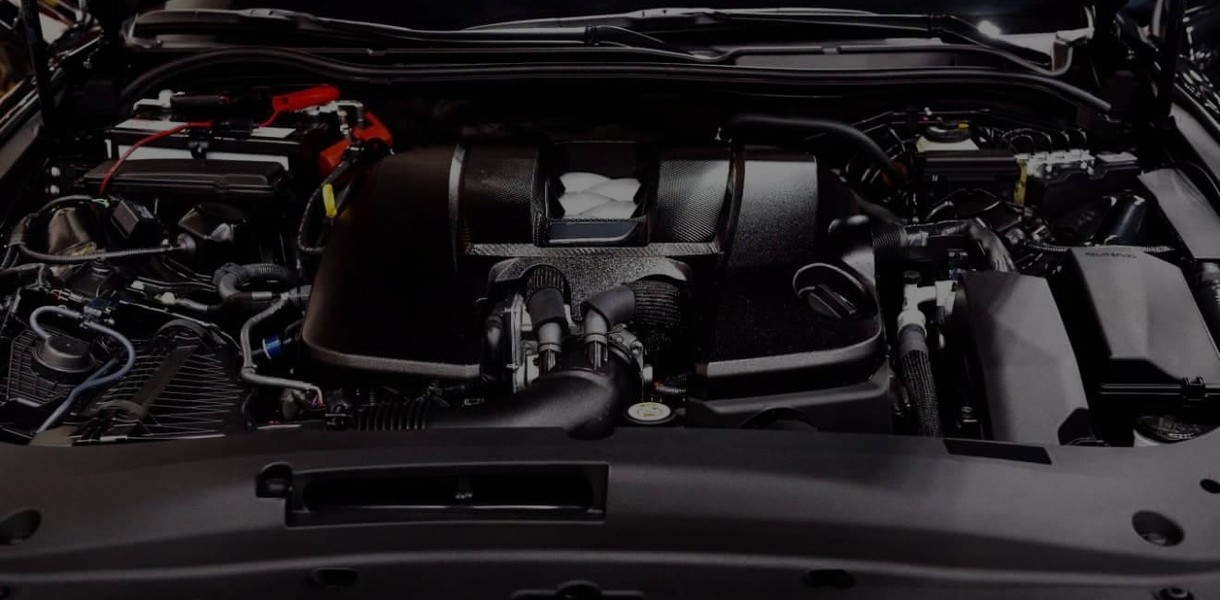Choosing the right type of car engine can significantly influence not only the performance of the car, but also the operating costs, environmental impact and comfort in daily use. In a constantly changing automotive context, where energy efficiency and sustainability are taking on an increasingly important role, it is essential to understand the differences between the main types of car engines.
In this article, you will discover the features, advantages and limitations of each propulsion system, from the classic internal combustion engine to modern hybrid technologies. Whether you are interested in performance, fuel economy or a more environmentally friendly driving style, the information presented will help you make an informed choice tailored to your real needs.
Contents:
1. Types of car engines - what you need to know about features and operation
2. Comparison between types of car engines - advantages, disadvantages and specific uses
3. Trends in the evolution of automotive engine types - current and future directions
Types of car engines - what you need to know about features and operation
Choosing the right engine is one of the most important considerations when buying a new car. Each powertrain comes with its own advantages, limitations and characteristics that affect performance, maintenance costs and environmental impact. From classic petrol and diesel engines to modern hybrid and electric options, the range of options is more diverse than ever.
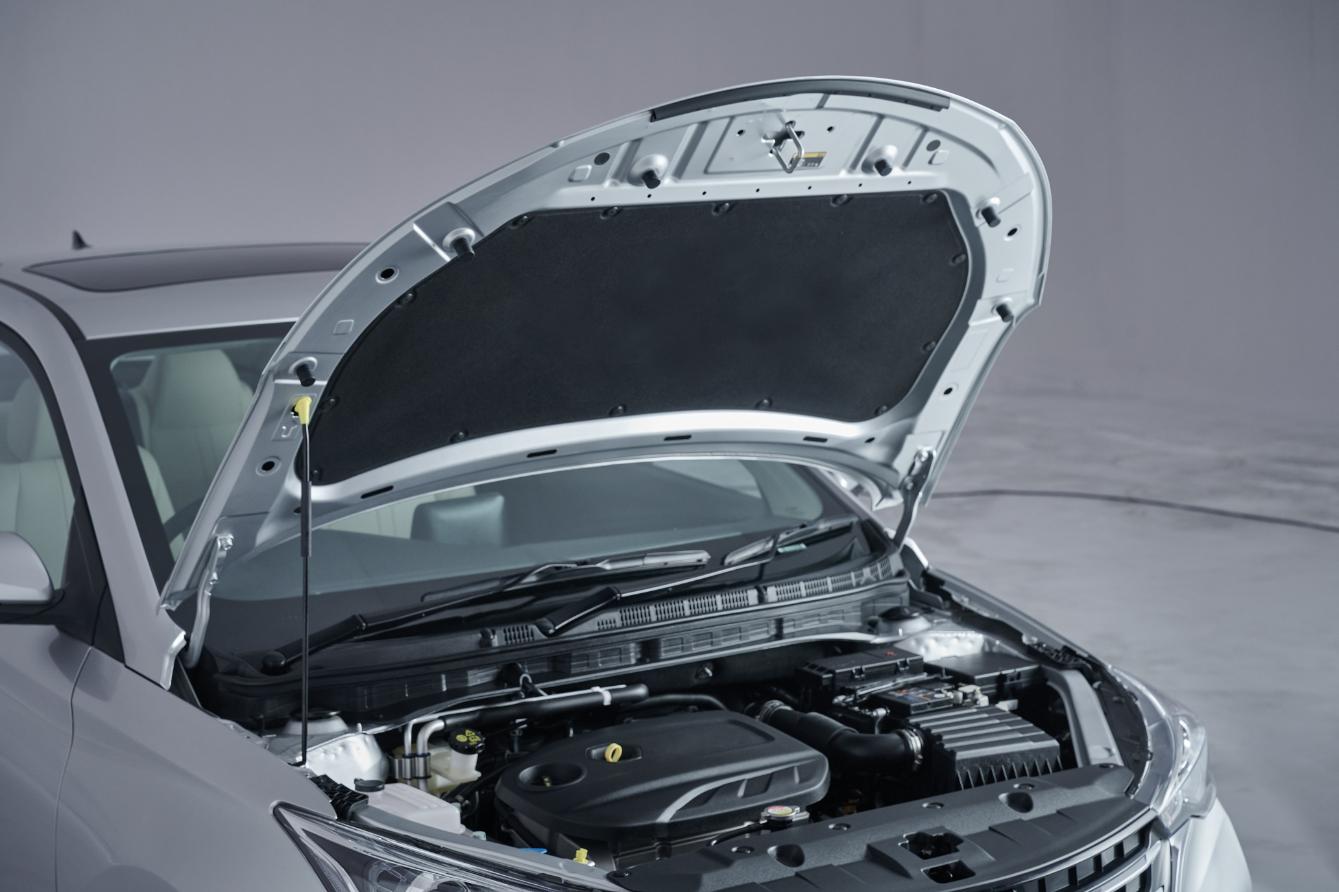
In this chapter, we analyze the most common types of car engines, explaining how they work and the benefits they offer, so that you can make an informed decision adapted to your driving style.
The petrol engine – popular and balanced
The gasoline engine remains the most common type found in passenger cars. It is based on the ignition of the air-fuel mixture by spark. Key components include pistons, cylinders, spark plugs and the injection system. Gasoline engines offer prompt acceleration and smooth operation, making them particularly suitable for urban and short-distance travel.
The operation of a gasoline engine involves four strokes: intake, compression, combustion, and exhaust. During intake, the piston descends and draws the air-fuel mixture into the cylinder. Compression follows, when the piston rises and compresses the mixture. At the right moment, the spark plug produces a spark that ignites the mixture, generating the explosion that pushes the piston down (the combustion period). Finally, the piston rises again and exhausts the burned gases.
Diesel engine – efficient and robust
The diesel engine uses diesel fuel and is based on compression ignition. Compared to the gasoline version, it develops more torque at low speeds and consumes less fuel, especially over long distances. Diesel engines are valued for their robustness and longevity.
The operating principle of a diesel engine is similar to that of a gasoline engine, but with a few notable differences. Instead of spark plugs, a diesel engine uses high-pressure air compression to raise the temperature of the injected diesel fuel to the point of autoignition. This process allows for a higher compression ratio and superior thermal efficiency.
Hybrid engine – increased efficiency in the city
In recent years, hybrid engines have gained ground. They combine a combustion engine (usually gasoline) with one or more electric motors. The main advantage is reduced fuel consumption in the city, where the electric drive can take on a significant part of the load. In addition, pollutant emissions are lower than conventional engines.
The operation of a hybrid engine involves intelligent coordination between the thermal and electrical components. Depending on the driving conditions and the battery level, the system can use only the electric motor, only the thermal motor or a combination of the two. At low speeds and in heavy traffic, electric propulsion predominates, while at high speeds or when the battery is discharged, the thermal motor takes over.
The electric motor – the technology of the future
Electric motors run solely on electrical energy stored in batteries. Key advantages include the absence of direct emissions, maximum torque available from start-up, and low maintenance requirements. However, limited range and longer charging times remain challenges for this technology.
An electric motor converts electrical energy into mechanical energy through the interaction of magnetic fields. When electric current passes through the motor's coils, a magnetic field is created that interacts with permanent magnets or electromagnets, generating rotational motion. This process is very efficient, with minimal energy loss as heat.
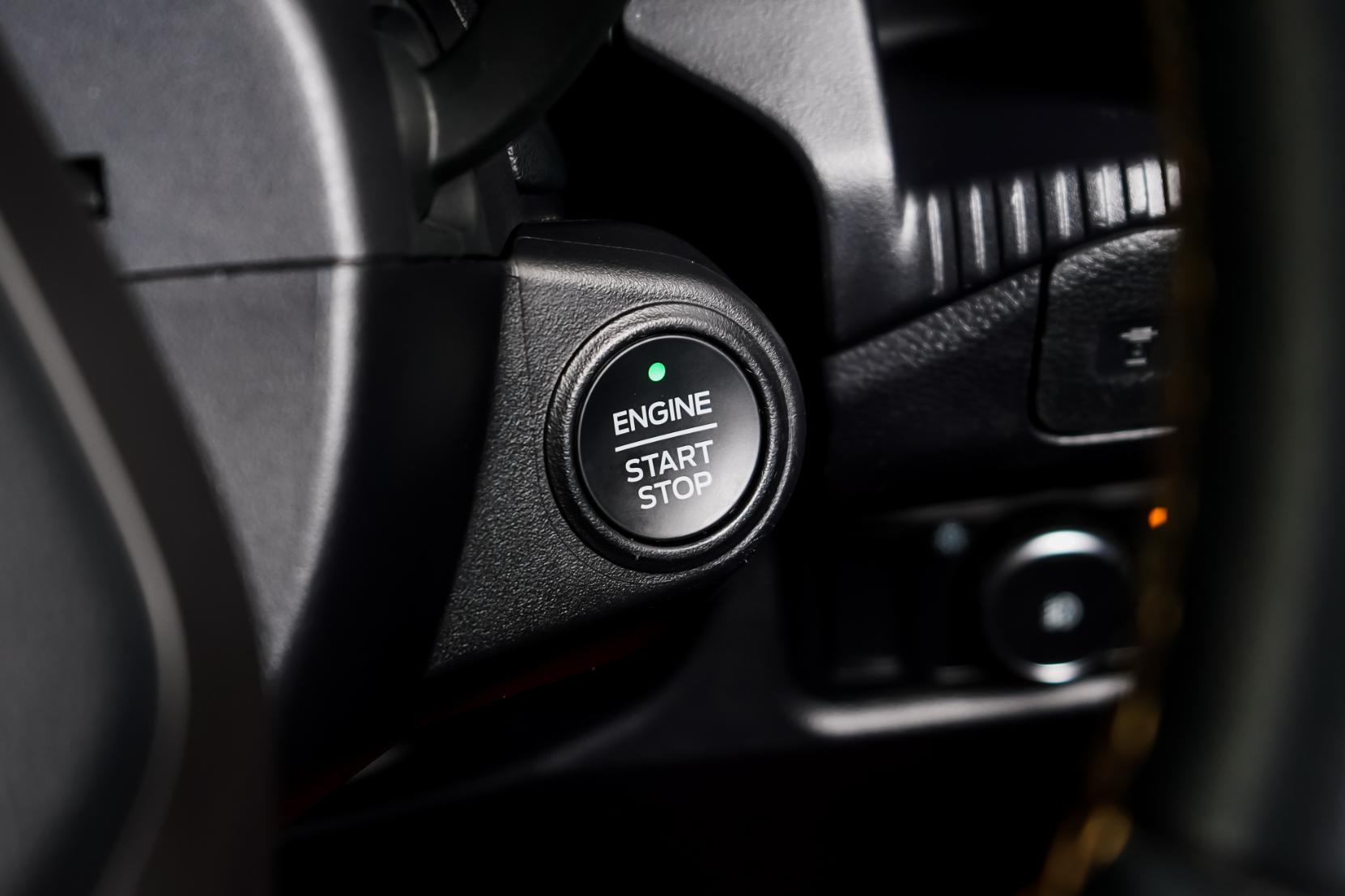
Regardless of the option you choose, understanding how each type of engine works will help you make the right decision – one that reflects your driving style, available budget, and concern for the environment.
Comparison between types of car engines - advantages, disadvantages and specific uses
Once you've discovered how the main engine types work, the natural step is to compare them directly. In an ever-evolving automotive landscape, choosing the right engine type must take into account not only performance, but also personal needs, driving style, and maintenance budget.
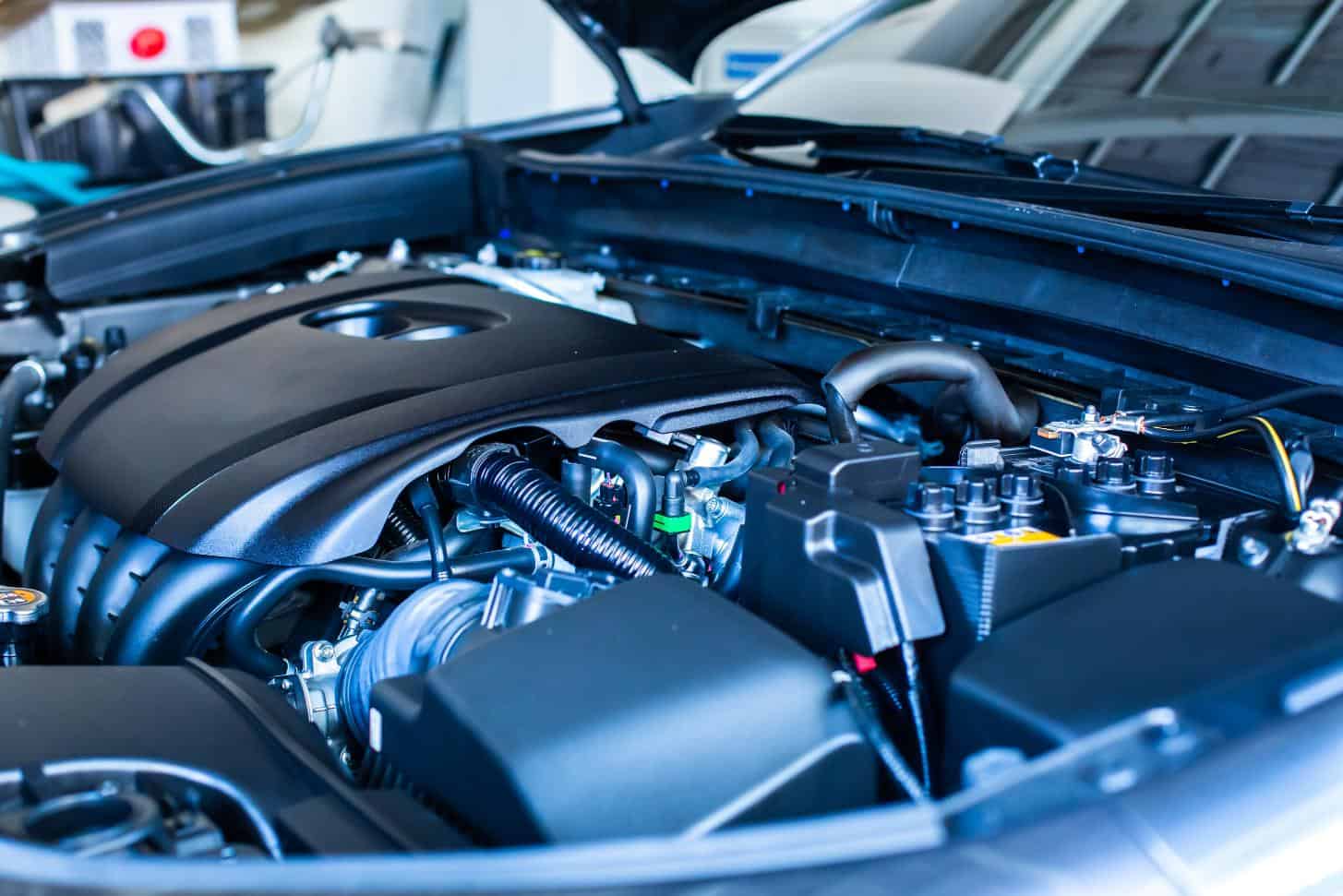
In this chapter, we will analyze the advantages and disadvantages of each option so that you can more clearly understand which propulsion system best suits your everyday requirements.
Gasoline engine – ideal for the city
The petrol engine is notable for its quick acceleration and quiet operation. The purchase and maintenance costs are generally more affordable compared to other options. However, fuel consumption is higher and the service life can be shorter. It is a suitable choice for city driving and for those who do not travel very long distances regularly.
Specific advantages of the gasoline engine include:
-
Easy starting at low temperatures;
-
Quieter and smoother operation;
-
Lower acquisition costs;
-
Wide availability of fuel.
Disadvantages include:
-
Higher fuel consumption, especially in the city;
-
Higher CO2 emissions;
-
Reduced engine torque at low revs.
Diesel engine – durable and economical over long distances
In comparison, the diesel engine excels in fuel efficiency, especially over long distances. The high torque at low engine speeds makes it ideal for commercial vehicles and those who frequently tow trailers. The disadvantages include higher purchase and maintenance costs, as well as higher emissions of fine particles. It is recommended for those who drive a lot of kilometers and for commercial vehicles.
The advantages of the diesel engine are:
-
Increased fuel efficiency;
-
High engine torque at low speeds;
-
Increased durability and longevity;
-
Suitable for towing heavy loads.
Disadvantages include:
-
Higher acquisition and maintenance costs;
-
Higher emissions of nitrogen oxides and fine particles;
-
More pronounced noise and vibrations.
Hybrid engine – balance between efficiency and sustainability
Moving on to newer technologies, hybrid engines offer a balance between fuel efficiency and performance. They are particularly efficient in urban environments, where they can frequently operate in electric mode. Pollutant emissions are lower compared to conventional engines. The main disadvantage is the higher purchase cost. They are suitable for urban driving and for those concerned about the impact on the environment.
The advantages of hybrid engines include:
-
Low fuel consumption, especially in the city;
-
Lower pollutant emissions;
-
Silent operation at low speeds;
-
Braking energy recovery.
The disadvantages are:
-
Higher purchase cost;
-
Higher technical complexity;
-
More modest performance at high speeds.
The electric motor – the solution of the future
At the other end of the spectrum, electric motors stand out for their lack of direct emissions and maximum torque available from the start. Maintenance is minimal compared to combustion engines. Disadvantages include limited range and longer charging times. They are ideal for urban commuting and for those with easy access to charging infrastructure.
The advantages of electric motors are:
-
Zero direct emissions;
-
Maximum torque available instantly;
-
Reduced maintenance costs;
-
Silent operation.
The disadvantages include:
-
Limited autonomy compared to thermal engines;
-
Longer charging time;
-
Higher initial acquisition costs;
-
Dependence on charging infrastructure.
There is no “perfect engine”, just the right choice for your needs. If you want an affordable model for your daily commute around town, a petrol engine remains an efficient solution. If you rely on your car for long journeys or commercial activities, a diesel can offer real advantages. For a balance between efficiency and sustainability, opt for a hybrid, and if you’re ready to make the transition to an electric future, explore 100% electric options.

For an informed choice, turn to car purchasing experts, who can provide you with recommendations tailored to your real needs. Collaborating with a trusted car sales company gives you access to specialized advice, test drives, and up-to-date information about the models available on the market.
Trends in the evolution of automotive engine types - current and future directions
After taking a closer look at the features and comparisons between different types of automotive engines, it is important to look to the future and understand the trends shaping the industry. This perspective will help us anticipate changes and make informed decisions in the long term.
The automotive industry is undergoing a period of rapid transformation, and the evolution of engine types reflects this change. The main trend is rapid electrification, with more and more manufacturers investing heavily in the development of electric and hybrid vehicles. This direction is driven by increasingly strict emissions regulations and the growing demand for sustainable mobility.
In parallel, efforts to optimize internal combustion engines continue. Technologies such as direct injection, small turbochargers and mild-hybrid systems allow for reduced consumption and emissions, extending the viability of gasoline and diesel engines for certain segments and specific uses.
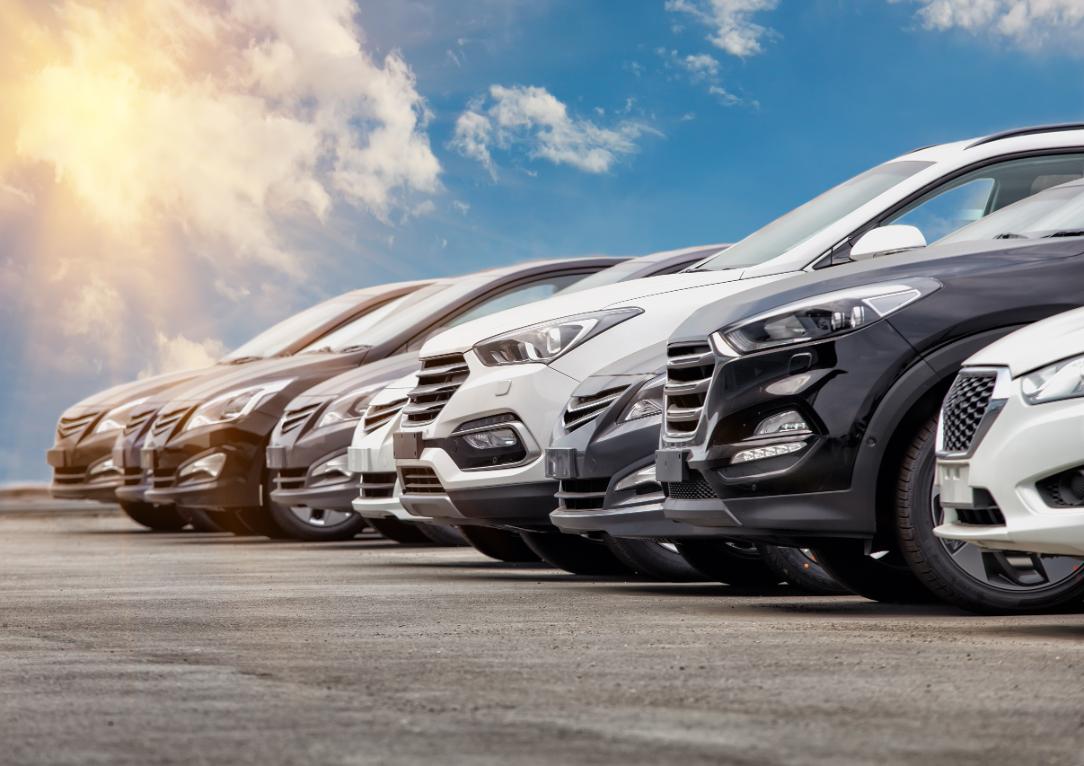
In the long term, a diversification of propulsion solutions is expected. Electric vehicles will gain an increasing share, but optimized internal combustion engines will retain their relevance in certain niches. Technological innovation, including the integration of artificial intelligence into engine control systems, will play a crucial role in shaping the future of the automotive industry.
Other development directions include:
- Improving battery technology to increase autonomy and reduce charging times;
- Exploring alternative fuels, such as hydrogen and advanced biofuels;
- Development of more efficient and versatile hybrid propulsion systems;
- Improving kinetic energy recovery technologies.
In an automotive landscape marked by constant innovation, knowing the trends in the evolution of engine types is essential for any informed decision regarding the choice of a vehicle. Whether we are talking about electric propulsion, hybrid solutions or optimized thermal engines, the direction is clear: efficiency, sustainability and adaptability.
In conclusion, the future of automotive engines is moving towards cleaner and more energy-efficient solutions. As we have explored throughout this article – from the classic choice of gasoline vs. diesel engine, to modern options such as hybrids and electric vehicles – each technology comes with specific advantages, tailored to various usage needs.
Even though electric motors are rapidly gaining ground, a period of coexistence between multiple propulsion types is expected. The automotive industry is constantly evolving, promising increasingly high-performance, sustainable vehicles that are well-aligned with the ever-changing lifestyles of modern drivers.
Photo source: Shutterstock.com
